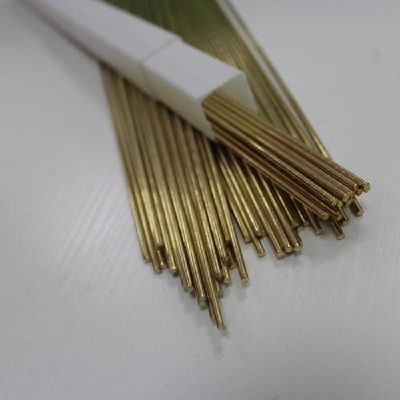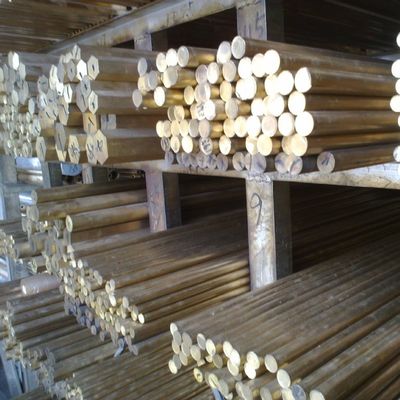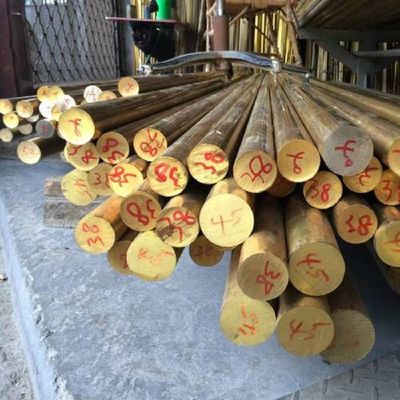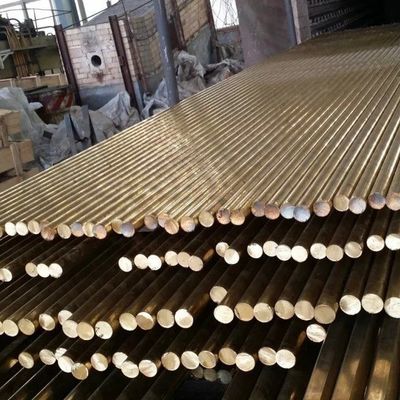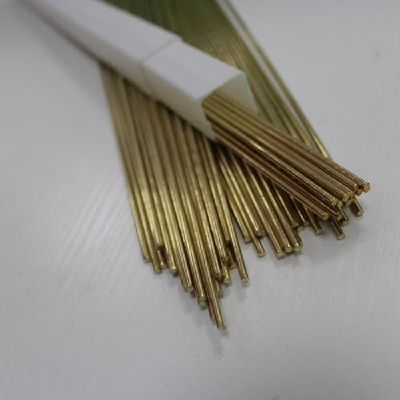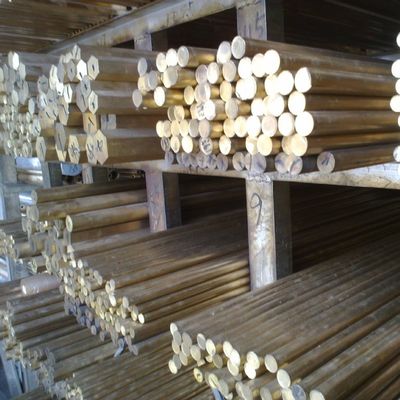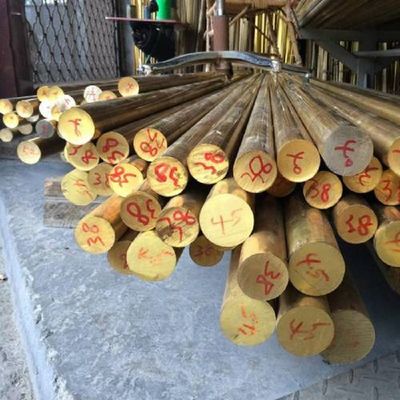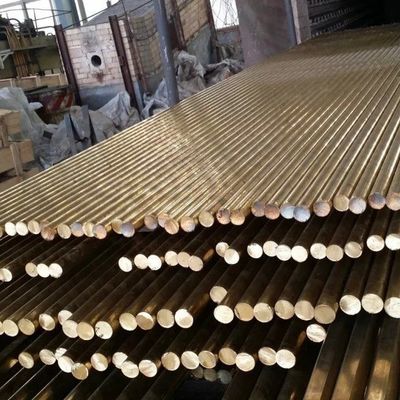-
 Raian IonescuMaterial quality very good. we have cooperate more than 10 Years. They trade lots kinds of steel material. All material quality good. They duty for all material quality. We are planing continue cooperate with them in the future
Raian IonescuMaterial quality very good. we have cooperate more than 10 Years. They trade lots kinds of steel material. All material quality good. They duty for all material quality. We are planing continue cooperate with them in the future
C38500 / CuZn39Pb3 / 2.0401 Brass Bars Yellow Copper Round Bar / 380 Alloy Bras Bar

Contact me for free samples and coupons.
Whatsapp:0086 18588475571
Wechat: 0086 18588475571
Skype: sales10@aixton.com
If you have any concern, we provide 24-hour online help.
x| Products Name | Brass Round Bar | Diameter | 3 - 200mm |
|---|---|---|---|
| Length | Custom Any Length As Request | Standard | GB ASTM EN DIN |
| Loading Port | Shanghai Port | Shape | Round |
| Service | Cutting | Company Type | Factory |
| Other Materialal | Pure Copper | Packing | Wooden Box |
| Highlight | Brass Round Bar,Brass Rod,Brass Cylindrical Bar |
||
C38500 / CuZn39Pb3 / 2.0401 Brass Bars Yellow Copper Round Bar / 380 Alloy Bras Bar
| Product | Brass Bar,Brass Rod,Brass Shaft,Brass Stick. |
| Standard | ASTM,AISI,EN,BS,JIS,GB/T,BSI,AS/NZS,ISO,etc. |
| Material | H96,H90,H85,H80,H70,H68,H65,H63,H62,H60,C21000,C22000, C23000,C24000,C26000,C26800,C27000,C27200,C28000,C35000,etc.Or as required. |
| Surface-mount | mill,polished,bright,oiled,or as required. |
| Density | 8.5g/cm3 |
| Diameters | 1-200mm |
| Hardness | 1/16 hard,1/8 hard,3/8 hard,1/4 hard,1/2hard,full hard,soft,etc. |
| Shape | Square,Rectangular,Round . |
| Length | 500-6000mm,or as required. |
| Package | Standard Sea-worthy package , fixed by belt then loaded into fumigated wooden box . |
| Container Size | 20Gp - 2.352(width) *2.385 ( Height ) * 5.90 ( Inside length ) Meter |
| 40Gp - 2.352(width) *2.385 ( Height ) * 11.8 ( Inside length ) Meter | |
| 40HQ - 2.352(width) *2.69 ( Width ) * 5.90 ( Inside length ) Meter | |
| Port of shipment | Tianjin Xingang port , Qingdao port , Shanghai port , ningbo port , Guangzhou port ,etc. |
| Copper | Lead | Iron | Aluminium | Zinc | |
| Min | 55.0 | 1.5 | – | 0.10 | – |
| Max | 60.0 | 3.0 | 0.30 | 0.60 | Remainder |
380 Brass Chemical Properties
Brass 380 is one of the most versatile alloy materials available, which makes it a popular choice for many industrial applications. It offers an excellent combination of strength, ductility, and corrosion resistance due to its chemical composition. On its own, Brass 380 is malleable and can be readily worked into intricate shapes through forging and pressing. However, when heat-treated Brass 380 has even greater strength, making it especially desirable for those seeking superior tensile strength from their alloy material. Further adding to its malleability and versatility are its chemical properties; Brass 380 contains both copper and zinc, providing resistance to corrosion in many acids and other liquid environments. Additionally, its composition is resistant to wear by virtue of the presence of lead in its crystalline structure. This, combined with reasonable cost, make Brass 380 a great option for many applications!
380 Brass Mechanical Properties
Brass 380 has superior mechanical properties due to its high copper content and unique alloying elements. It is strong enough to withstand deformation under load but pliable enough to be easily machined into complex shapes.
|
Temper
|
Tensile Strength Minimum
|
Elongation Minimum |
Hardness Maximum
|
| MPa | % | HV | |
| AS1567, Wrought Rods, Bars & Sections | 380 | 12 | 110 |
380 Brass Physical Properties
The physical properties are also impressive—it has excellent dimensional stability under heat and pressure, a low thermal expansion rate, and good wear resistance even at elevated temperatures.
| Physical Property | Metric Units | Imperial Units |
| Melting Point (Liquidus) | 890°C | 1635°F |
| Melting Point (Solidus) | 875°C | 1610°F |
| Density | 8.47 gm/cm³ @ 20°C | 0.306 lb/in³ @ 68°F |
| Specific Gravity | 8.47 | 8.47 |
| Coefficient of Thermal Expansion | 20.9 x 10 -6 / °C (20-300°C) | 11.0 x 10 -6 / °F (68-392°F) |
| Themal Conductivity | 121 W/m. °K @ 20°C | 70 BTU/ft³/ft/hr/°F @ 68°F |
| Thermal Capacity (Specific Heat) | 377 J/kg. °K @ 20°C | 0.09 BTU/lb/°F @ 68°F |
| Electrical Conductivity | 0.162 microhm?¹.cm?¹ @ 20°C | 28% IACS |
| Electrical Resistivity | 6.16 microhm.cm @ 20°C | 38 ohms (circ mil/ft) @ 68°F |
| Modulus of Elasticity (tension) | 96 GPa @ 20°C | 14.2 x 10 6 psi @ 68°F |
| Modulus of Rigidity (torsion) | 36 GPa @ 20°C | 5.3 x 10 6 psi @ 68°F |
| Poisson’s Ratio | 0.34 | 0.34 |
380 Brass Equivalent
- UNS C38010
- ISO CuZn43Pb3
- BSI CZ121
380 Brass Uses
Brass 380 is widely used in manufacturing components for industrial machinery such as pumps, valves, fittings, aircraft parts, marine hardware, electrical equipment housing components and many other products requiring reliable strength with good corrosion resistance. Brass 380 has been used for various purposes throughout history, from making tools to decorative accents. One of the most popular currents uses for this metal is in industrial plumbing applications, such as valves and fittings. Due to its durability and low-cost effectiveness, it is often chosen for these types of connections, ensuring that pipes and systems maintain their integrity over time. It also offers excellent corrosion protection due to its brass properties, making it perfect for harsh environments. Brass 380 is also widely used in the production of musical instruments; its tensile strength and malleability make it especially well-suited for creating items like cymbals that need to withstand heavy stress and wear while still producing beautiful sounds.
- 380 brass is often used for ammunition because it is durable and has a high corrosion resistance.
- 380 brass can also be used for musical instruments, as it produces a clear, crisp sound.
- 380 brass is also commonly used in plumbing applications due to its corrosion resistance and ability to withstand high temperatures.
- 380 brass is often used in electrical applications because it is an excellent conductor of electricity.
- 380 brass can also be used for decorative purposes due to its shiny, golden appearance.
- 380 brass is also sometimes used in manufacturing coins due to its durability and resistance to wear and tear.
- 380 brass is also used in the production of bearings because it has a low friction coefficient and is resistant to wear and tear.
- 380 brass can also be used for making jewelry because it is hypoallergenic and does not tarnish easily.
- 380 brass is also sometimes used in the production of medical implants because it is biocompatible and does not cause rejection by the body’s immune system.
- 380 brass can also be used for making model trains because it is strong and durable yet lightweight.
Corrosion Resistance
This alloy does not corrode easily in fresh water or salt water environments, so it’s well suited for use in these applications as well as those exposed to chemical compounds like fertilizers or acids.
Heat Treatment
Brass 380 can be hardened by heat treatment, increasing its strength while maintaining its formability. The most common heat treatment method involves heating the material up to 815°C followed by quenching it rapidly in cold water or oil, then tempering it at temperatures between 200°C-400°C depending on the desired hardness level needed for your application.
Machining
The machinability of Brass 380 is also excellent—it can be cut easily using conventional machine tools such as lathes or milling machines without any special cutting tools required.
Welding
Brass 380 welding is a cost-effective, reliable, and versatile method of joining two or more components made of brass. Due to its simple operation process and great mechanical properties, this welding technique has been widely used in various automotive, military, and aerospace engineering industries. The advantages of Brass 380 welding include superior joint strength, improved resistance to corrosion, increased aesthetic appeal, and quicker loading during production. High-skilled welders usually use an oxyacetylene gas torch for precise control over the forces involved in welding these typically soft metals. Furthermore, post-weld finishing processes help to improve the surface finish with minimal effort. This type of welding technology has the potential to revolutionize many heavy industries and provide better usability of brass products over time.
Heat Resistance
Copper-zinc alloys, also known as brass, have been used for centuries due to their incredible strength and resistance in both thermal and mechanical energies. Of these alloys, Brass 380 has become particularly popular in modern manufacturing because of its impressive capability to tolerate heat. Its applications range widely from architectural trimmings to medical instruments, primarily because it can withstand extreme temperatures without breaking down or becoming brittle. Brass 380 has become a key component of heat-resistant solutions across many industries; its success is a testament to the possibilities and advantages of metal alloys in today’s increasingly technology-reliant world.
![]()
![]()
![]()
![]()



